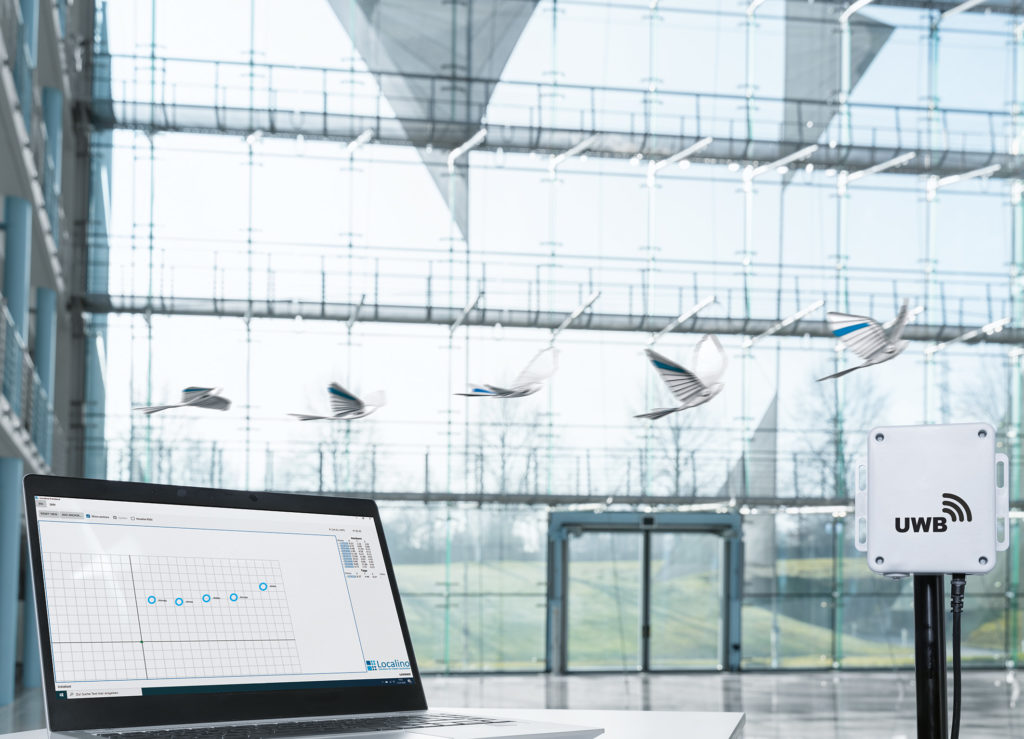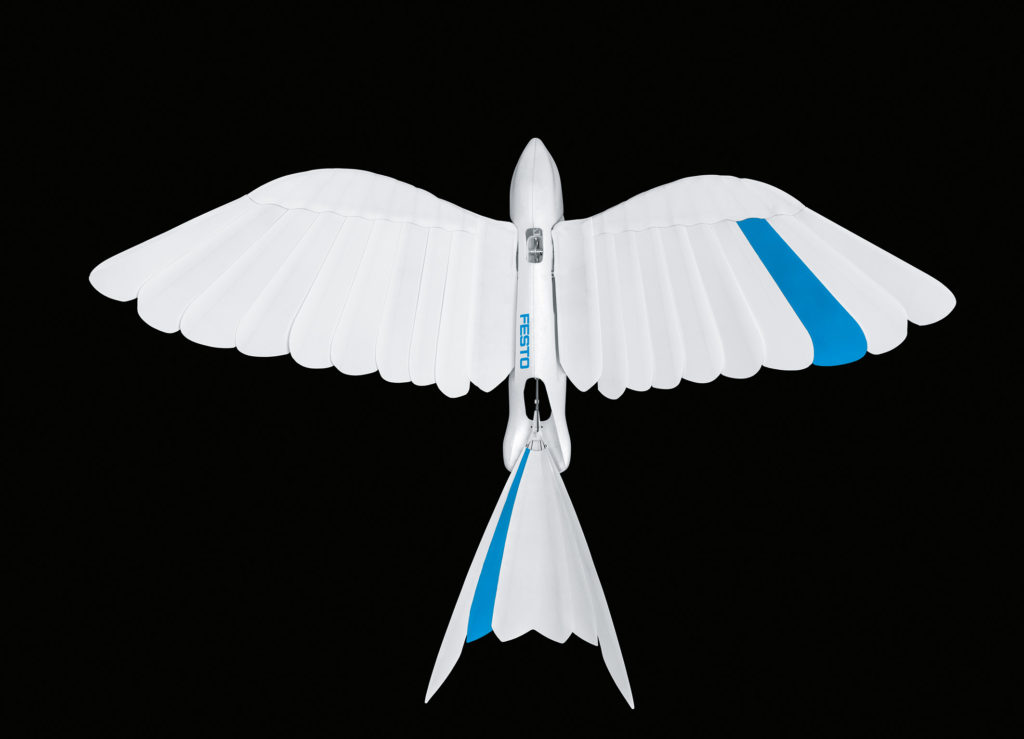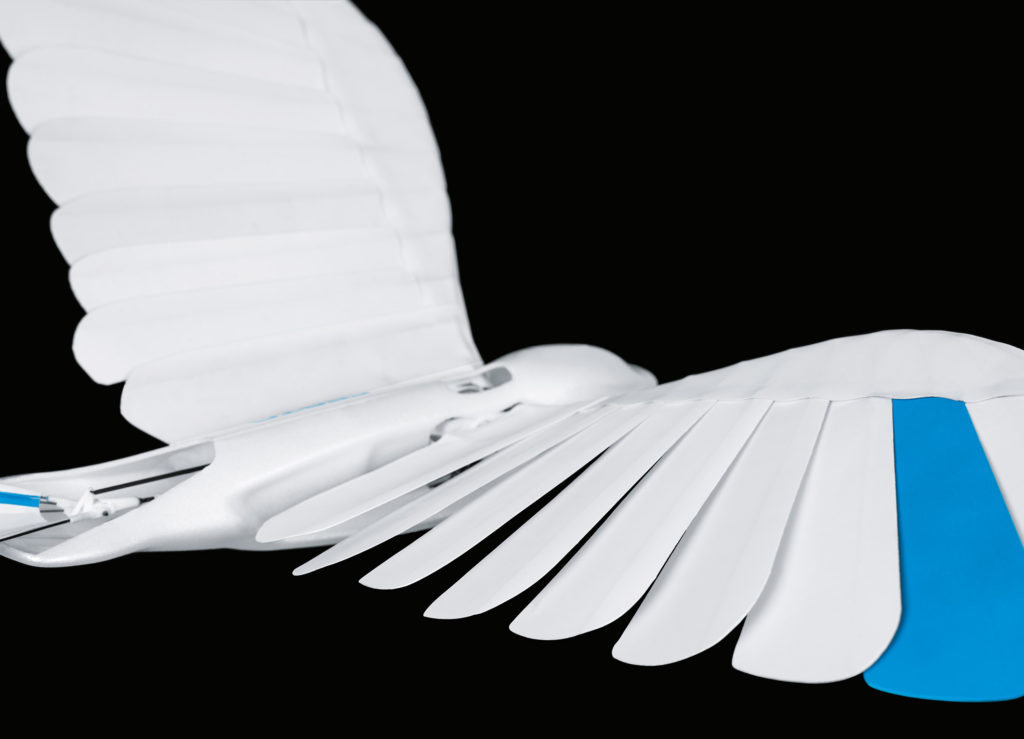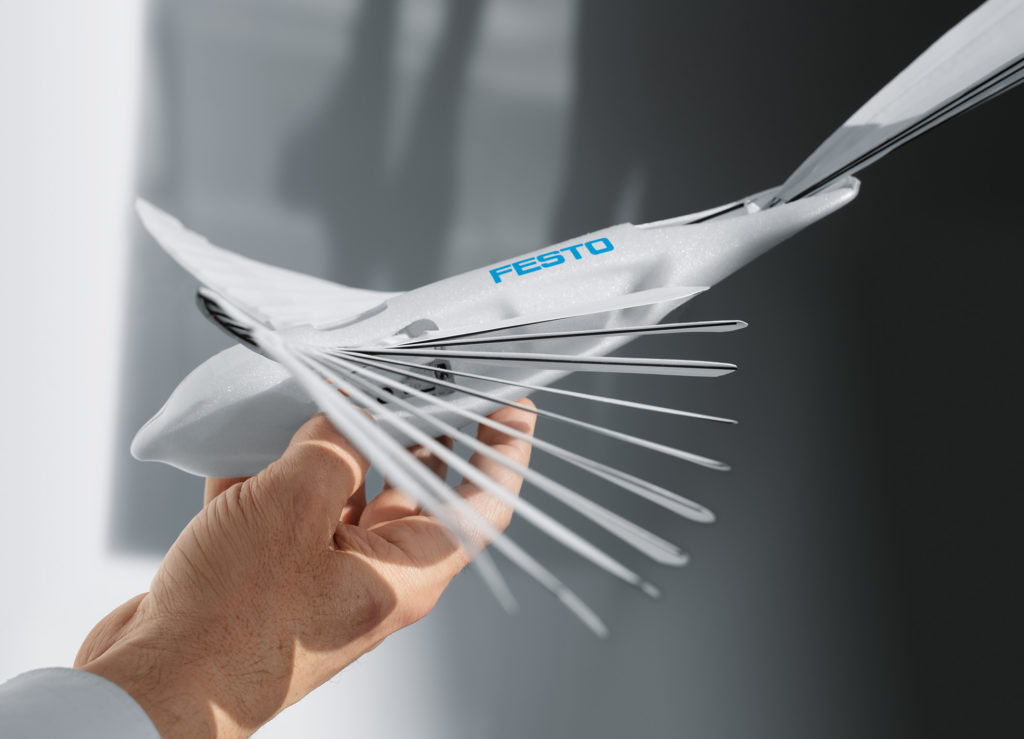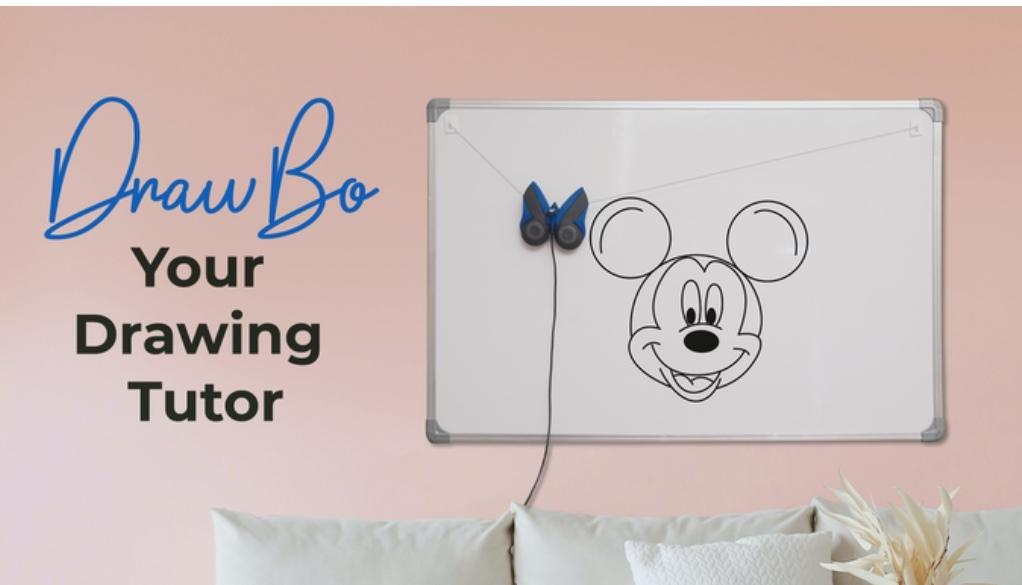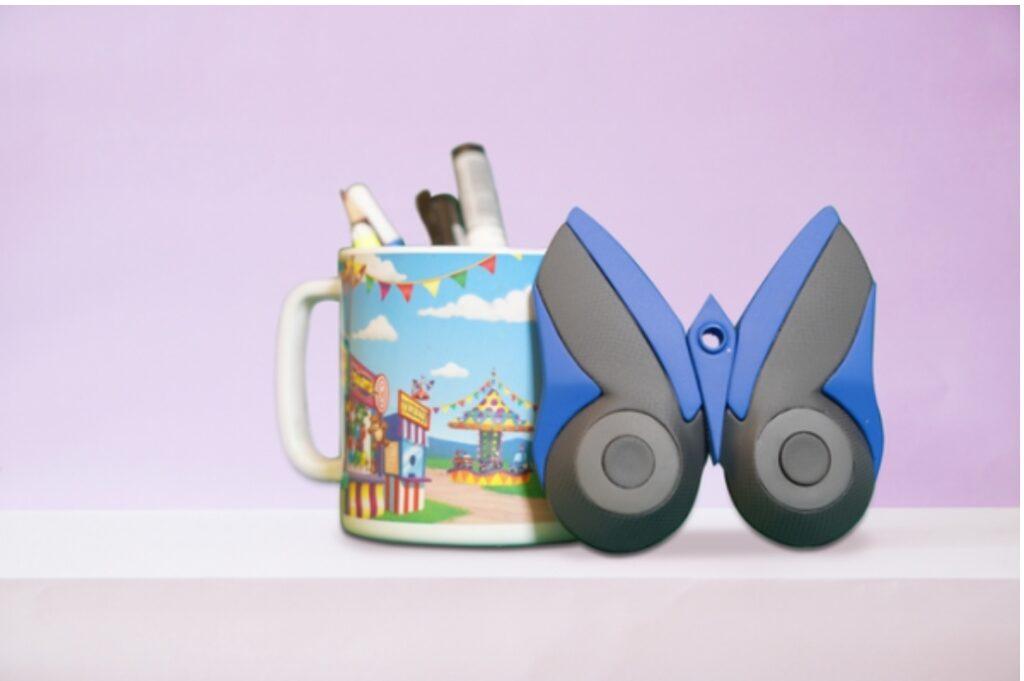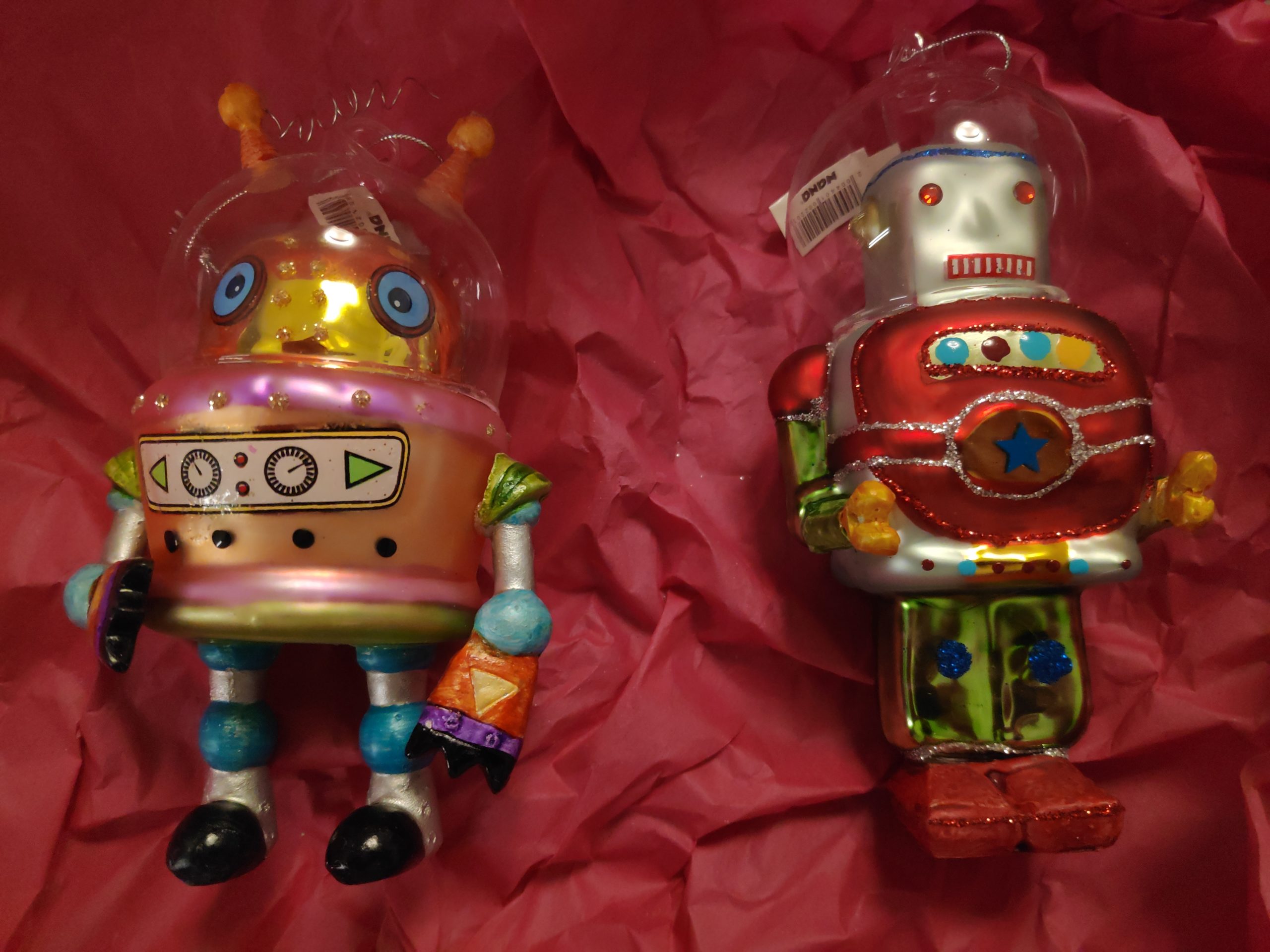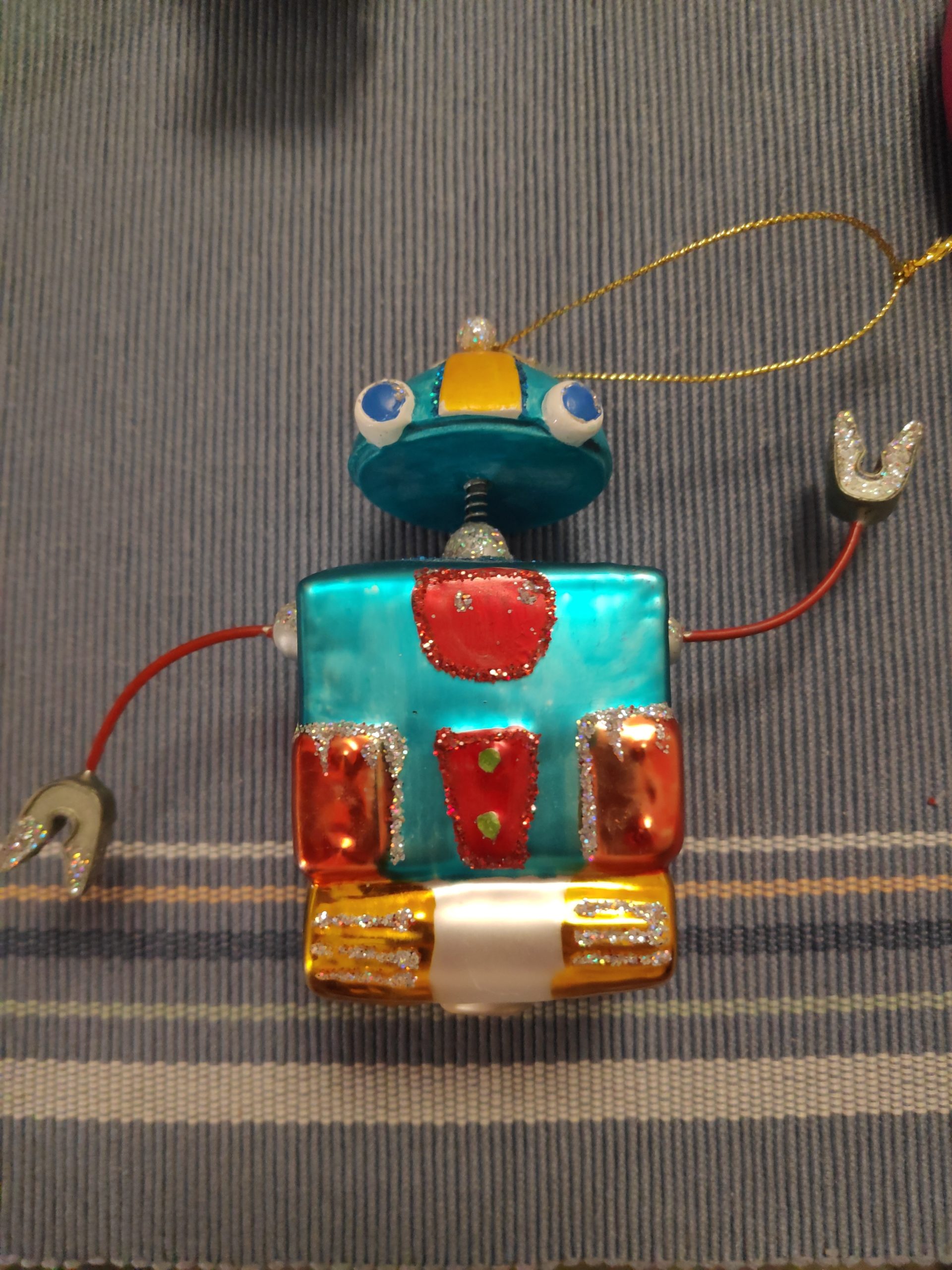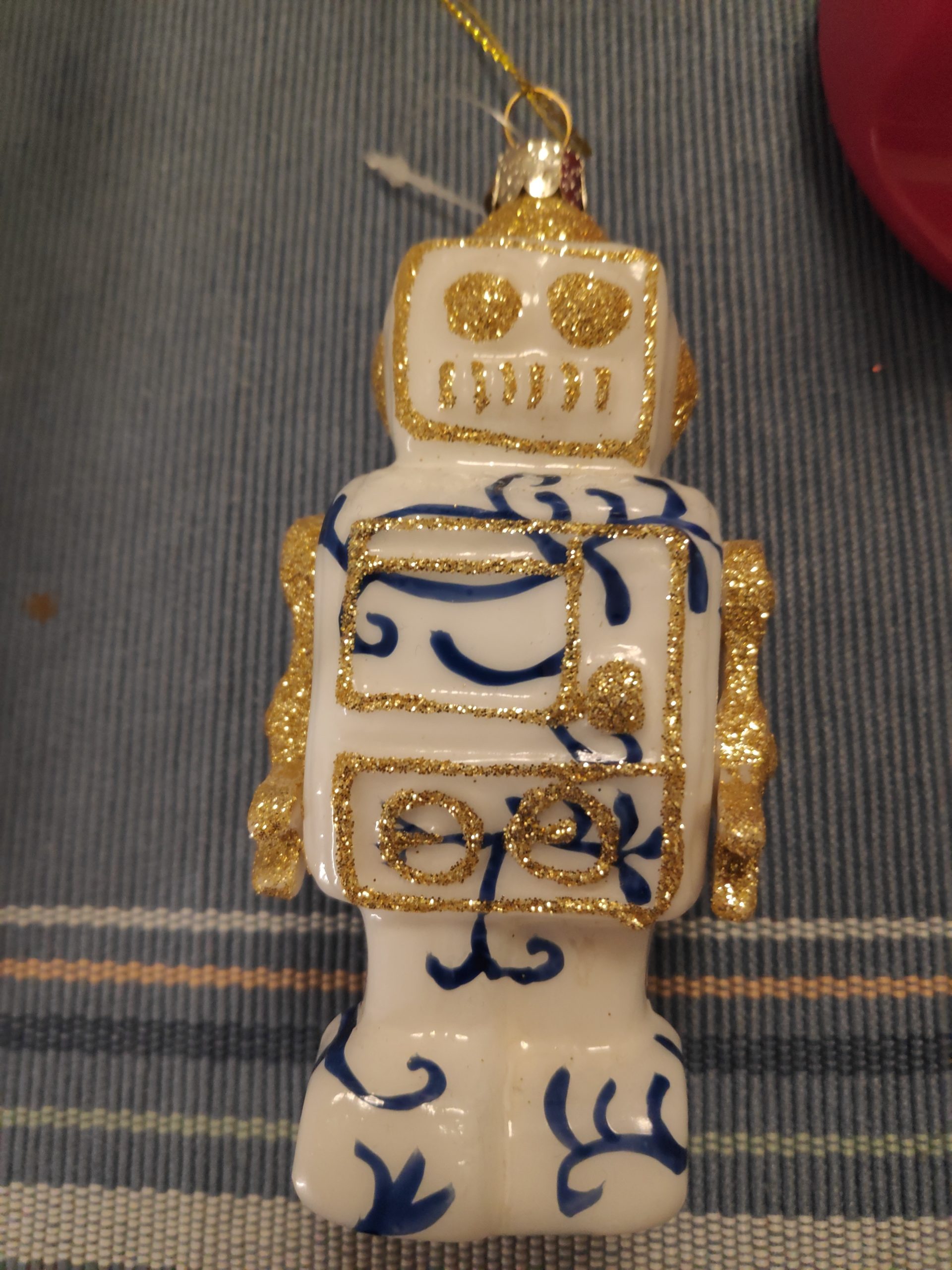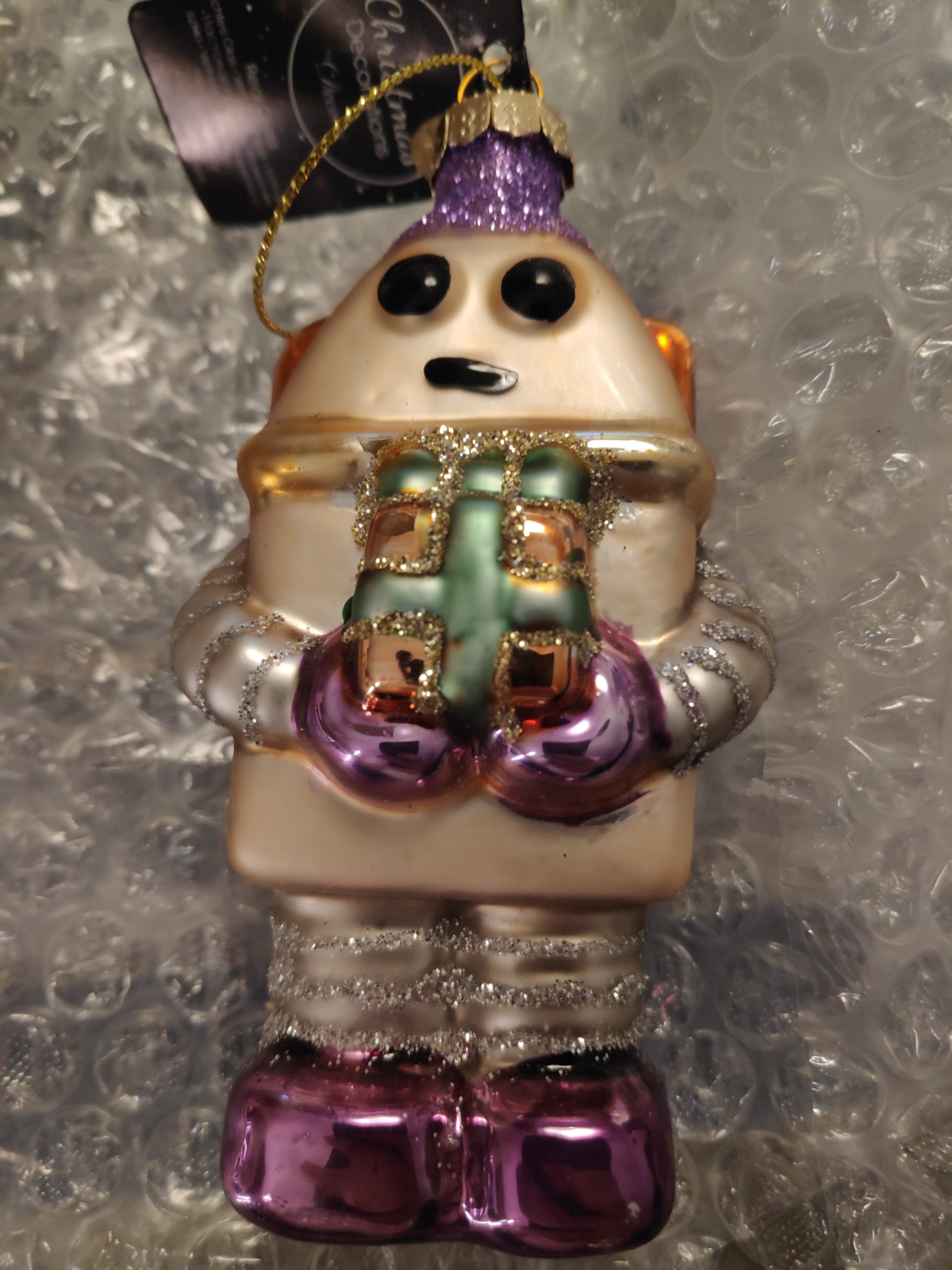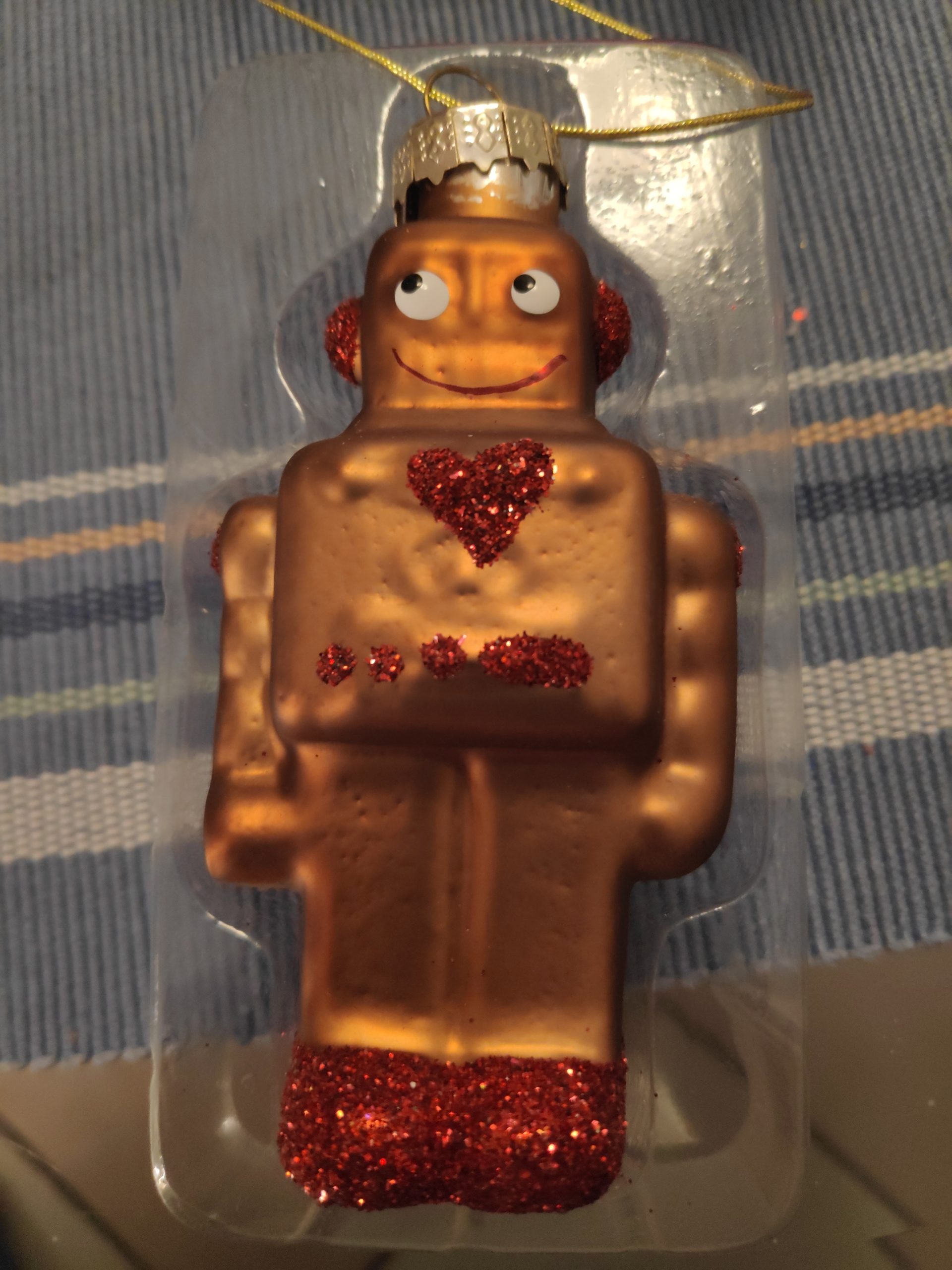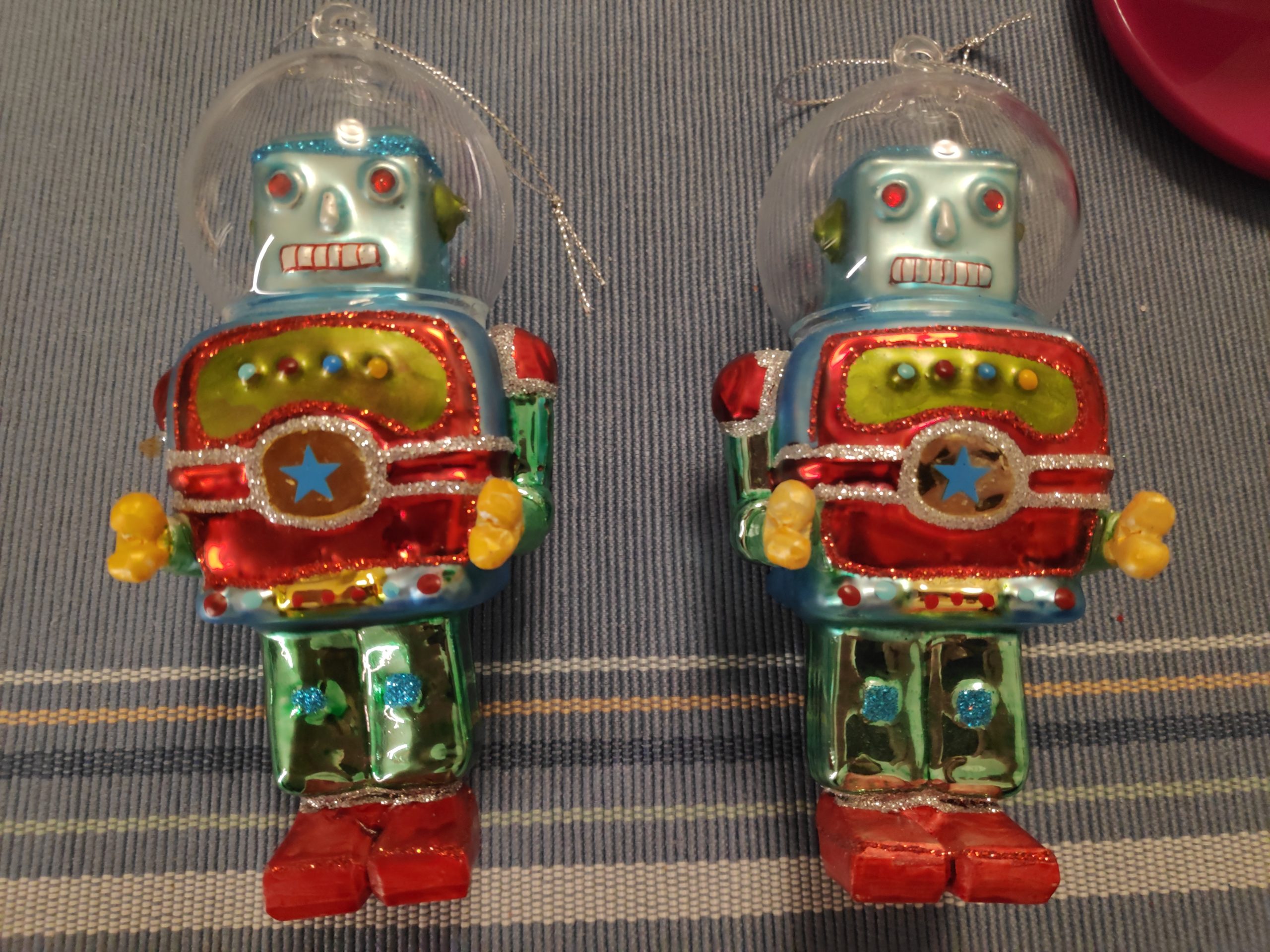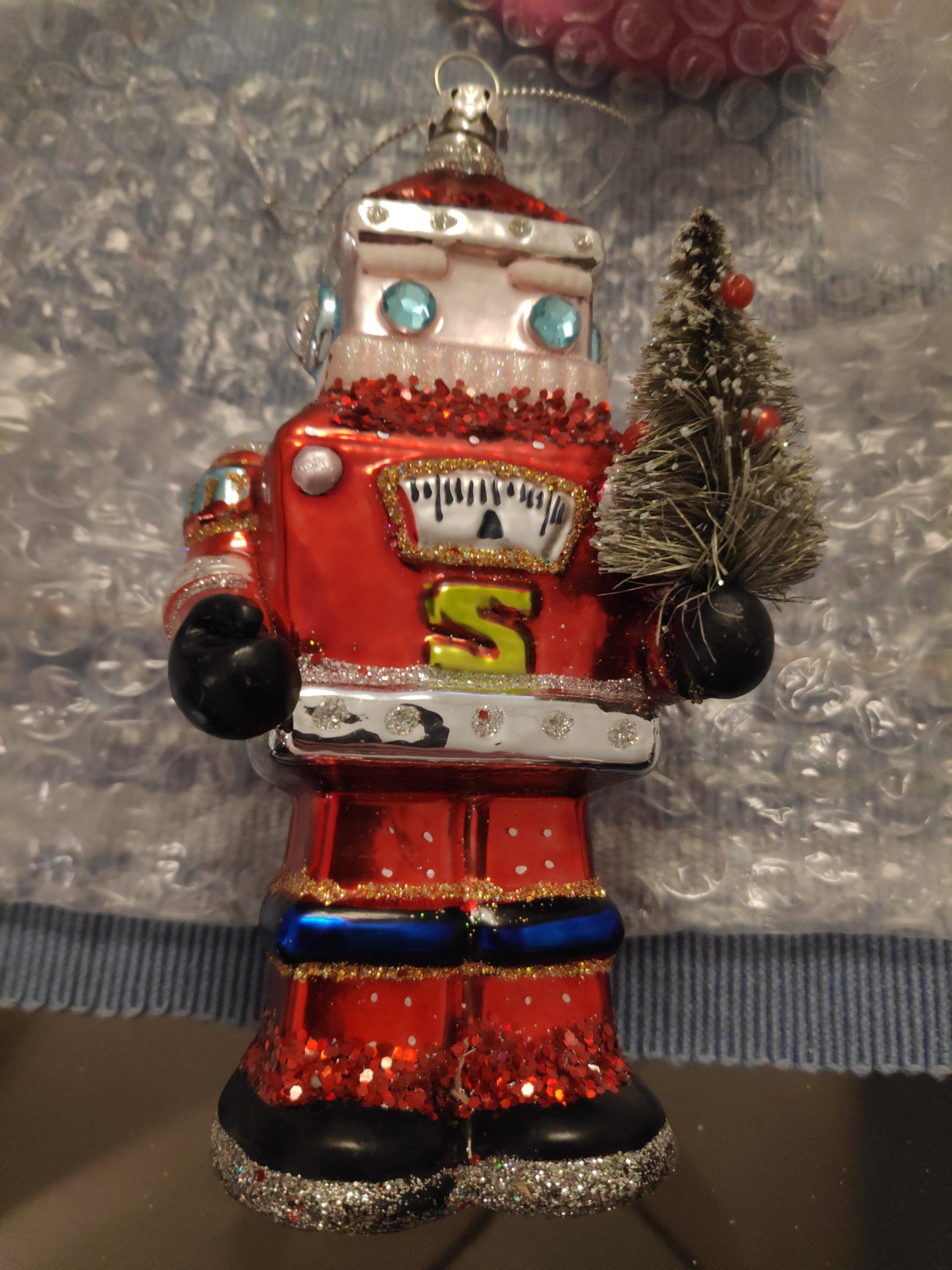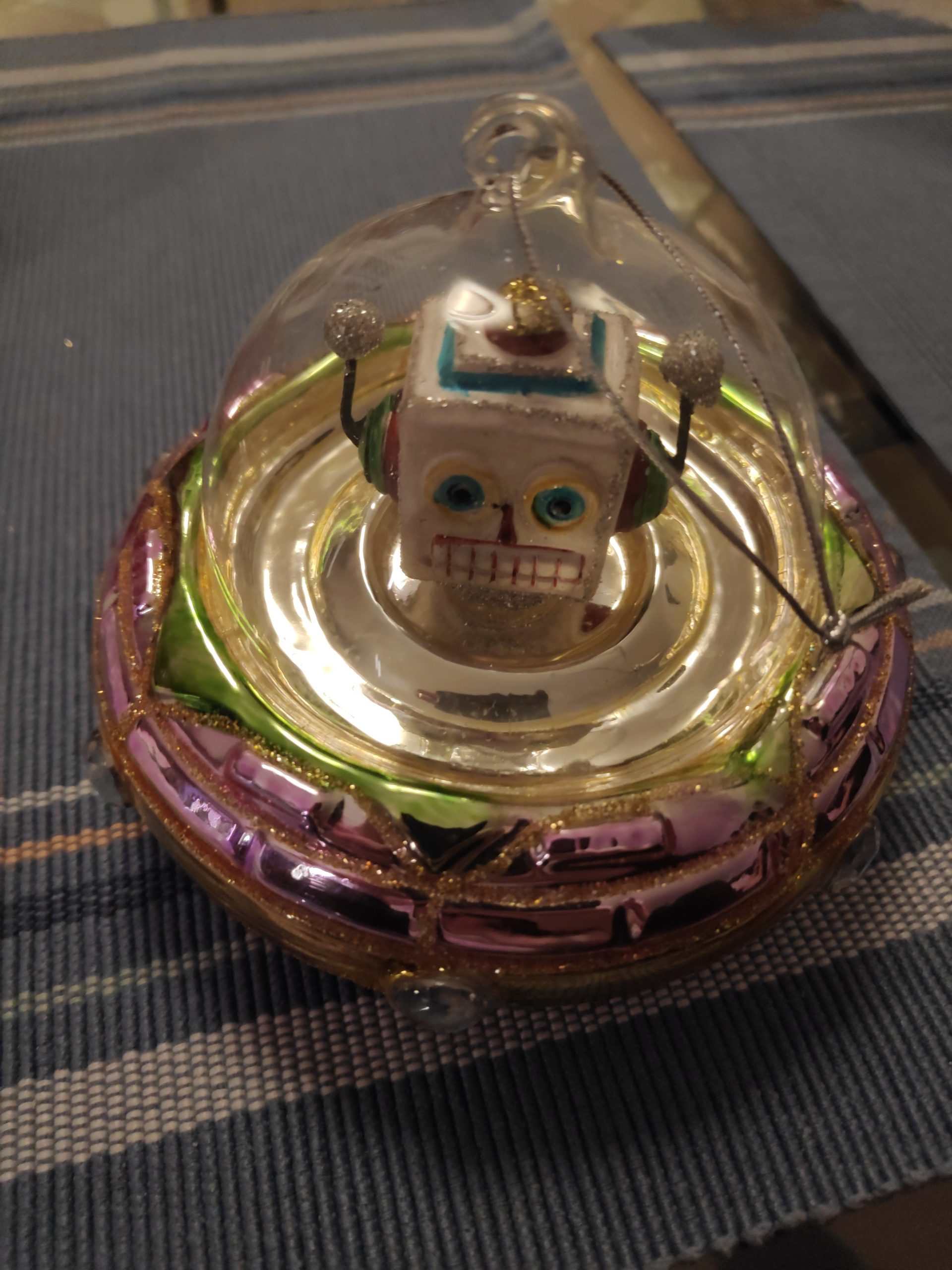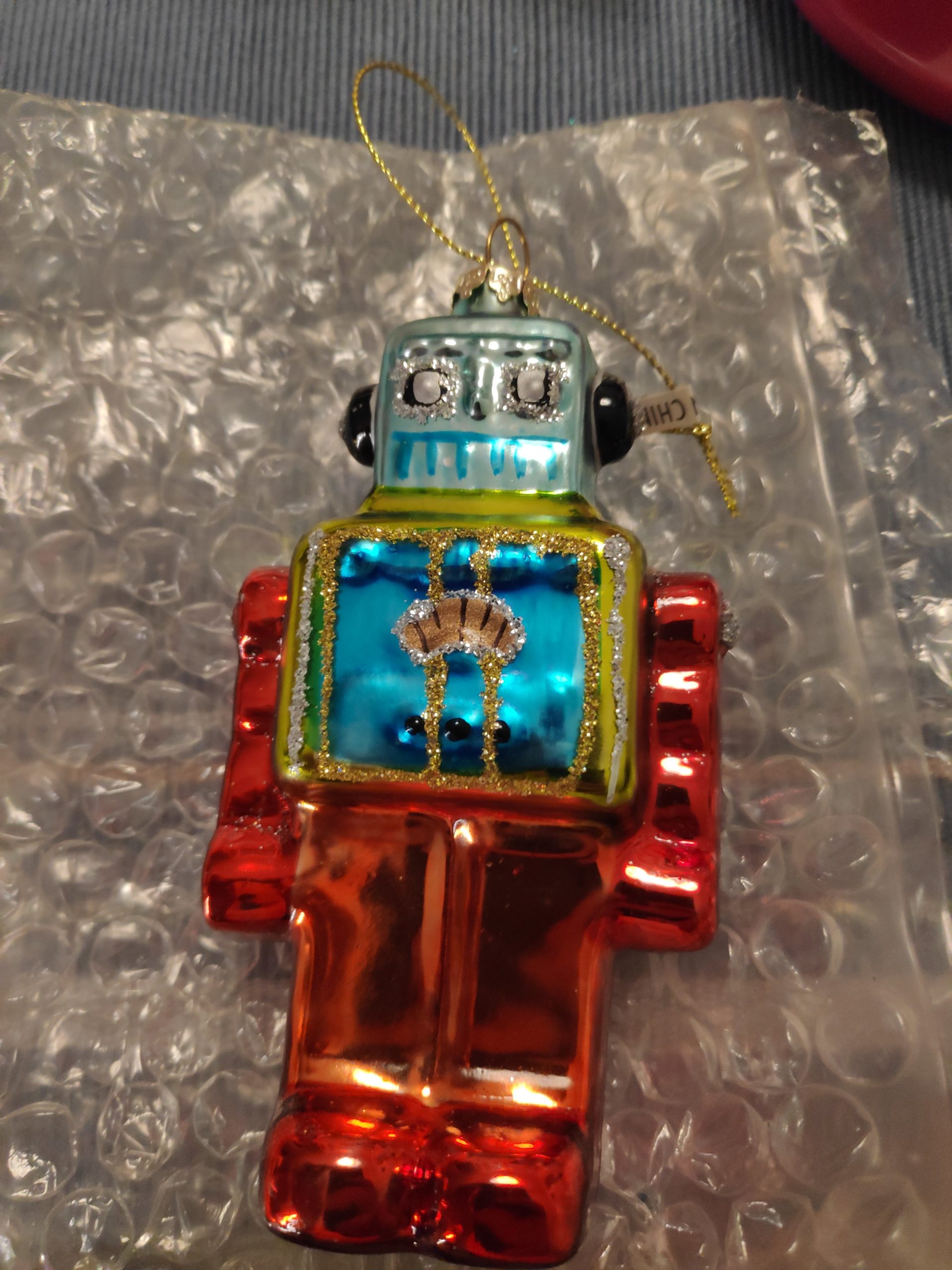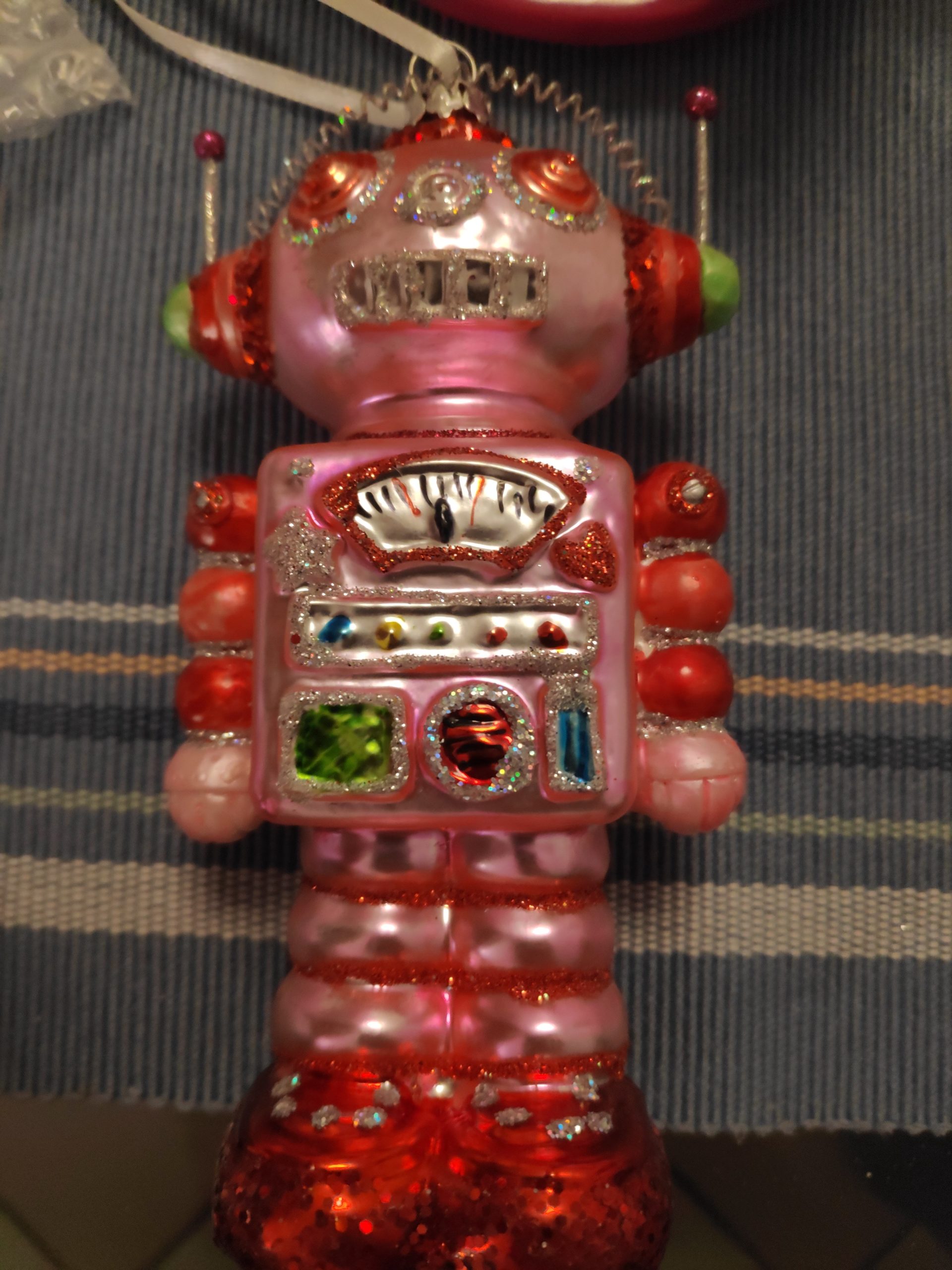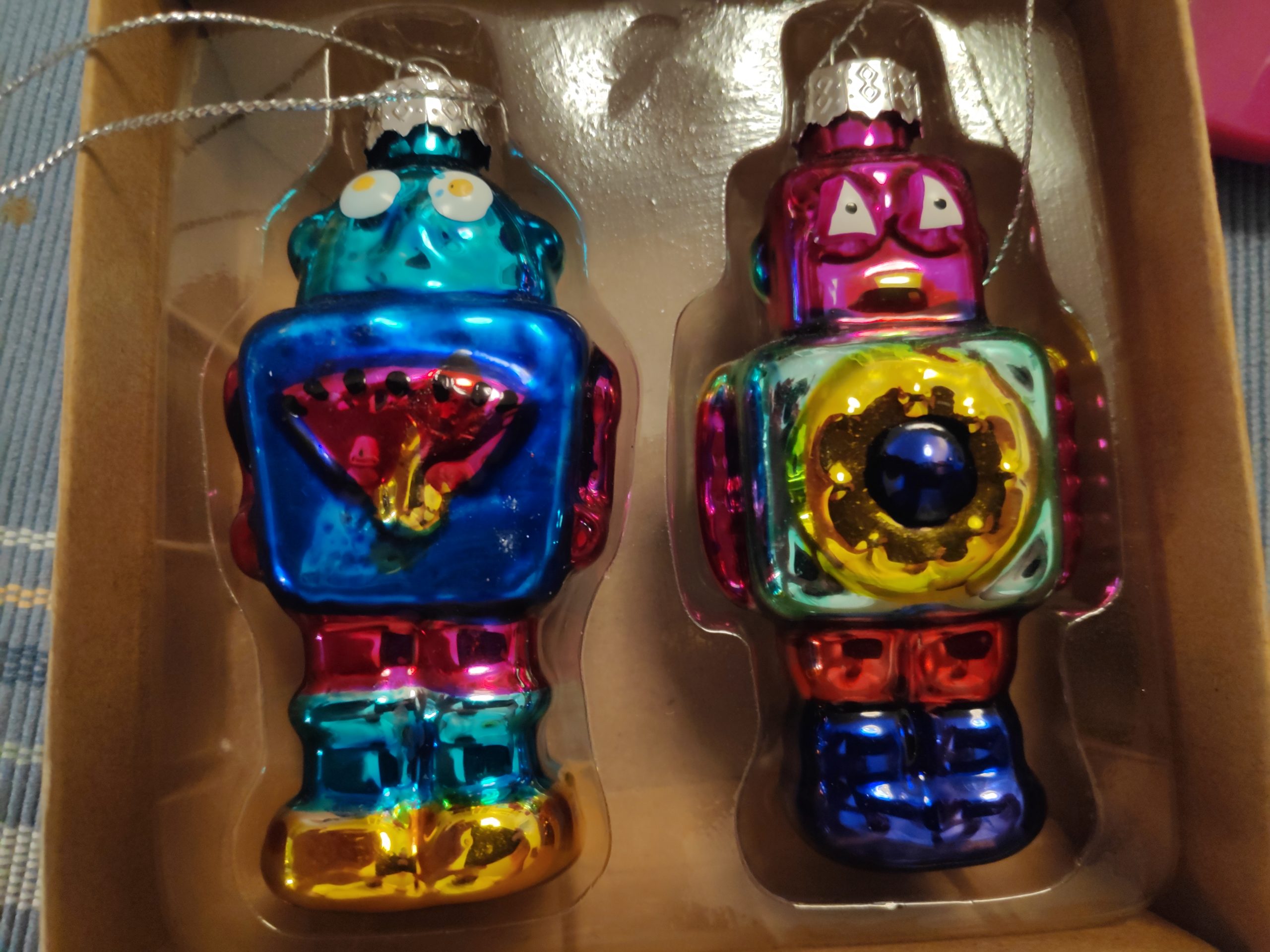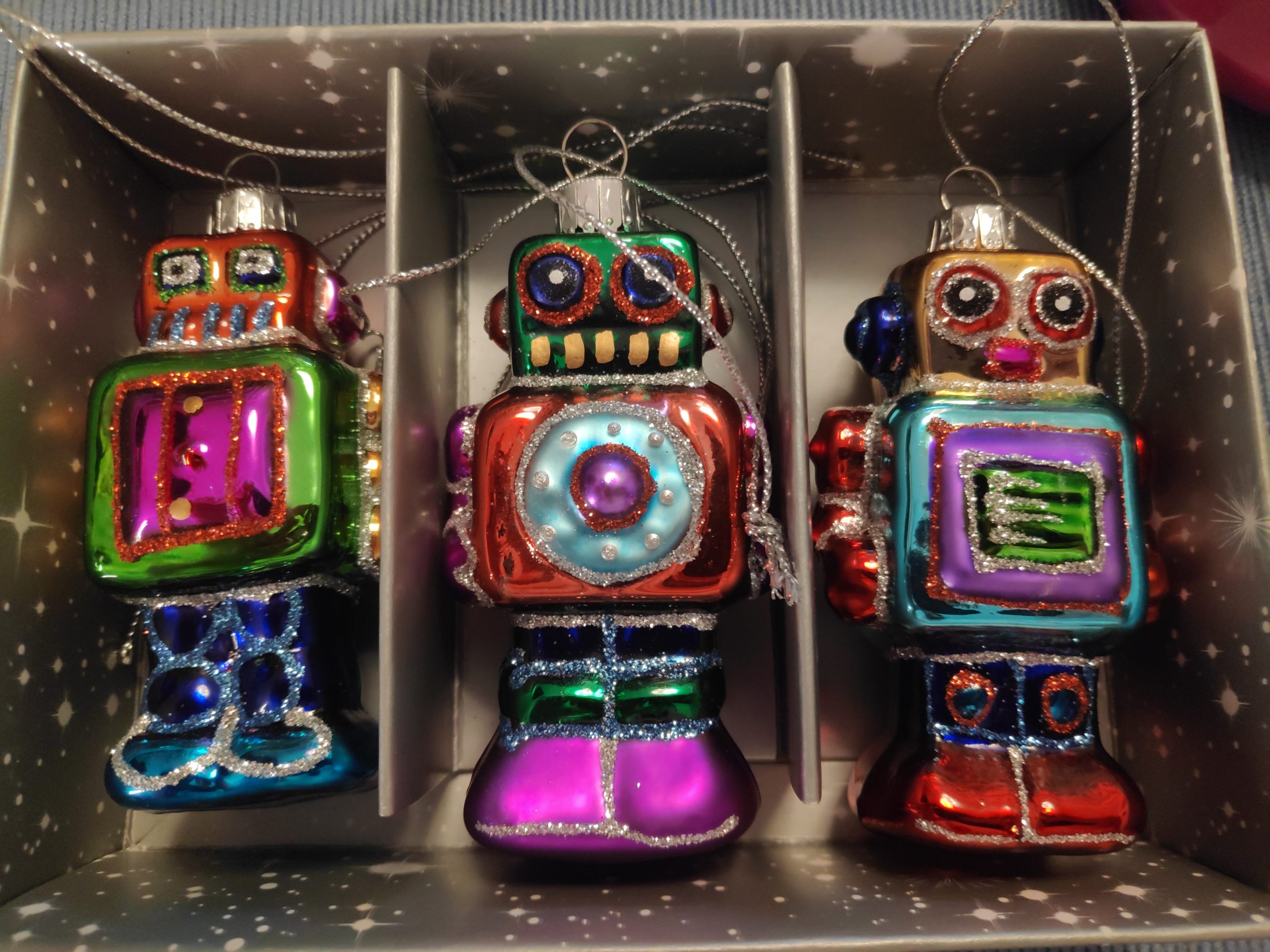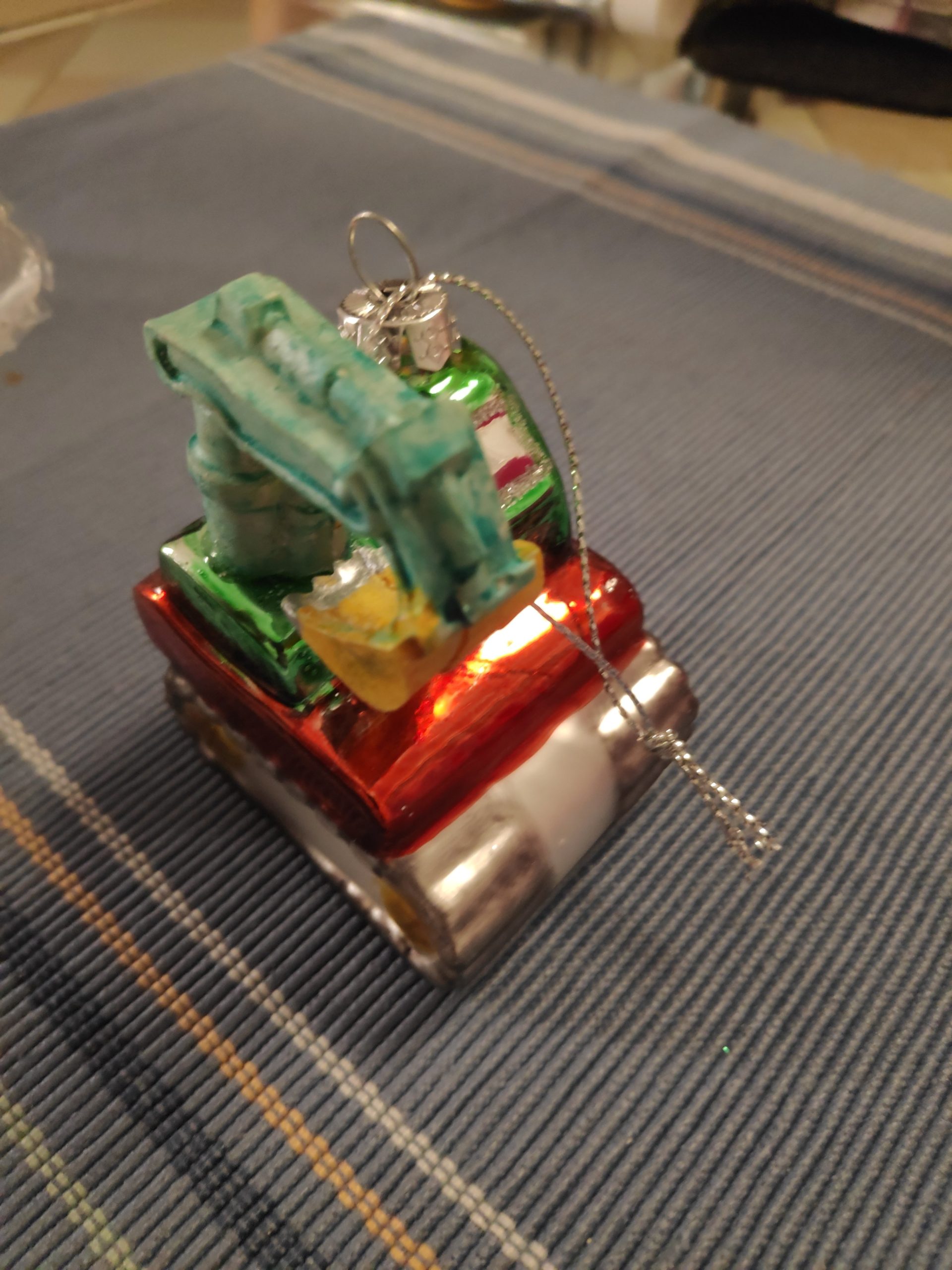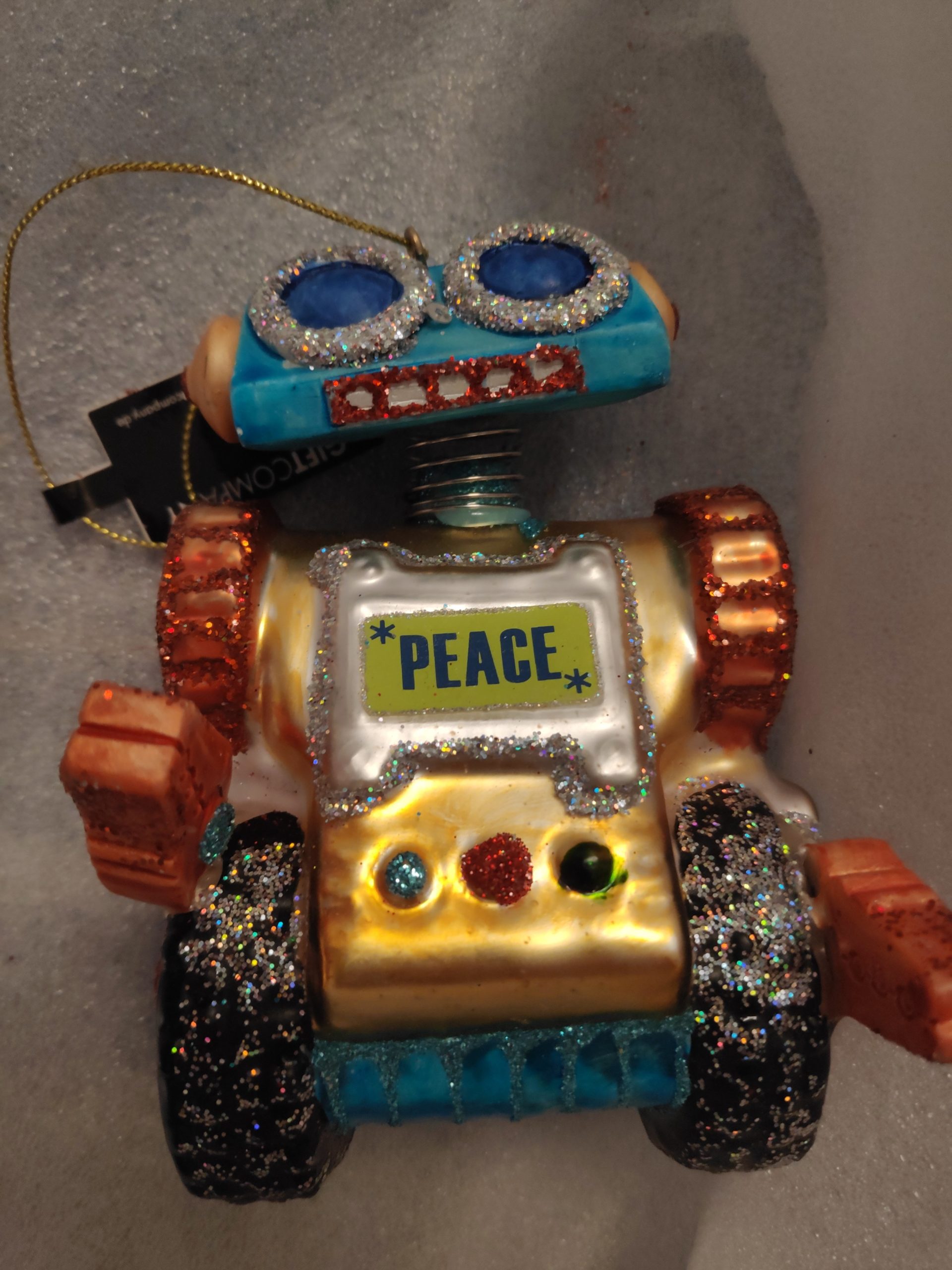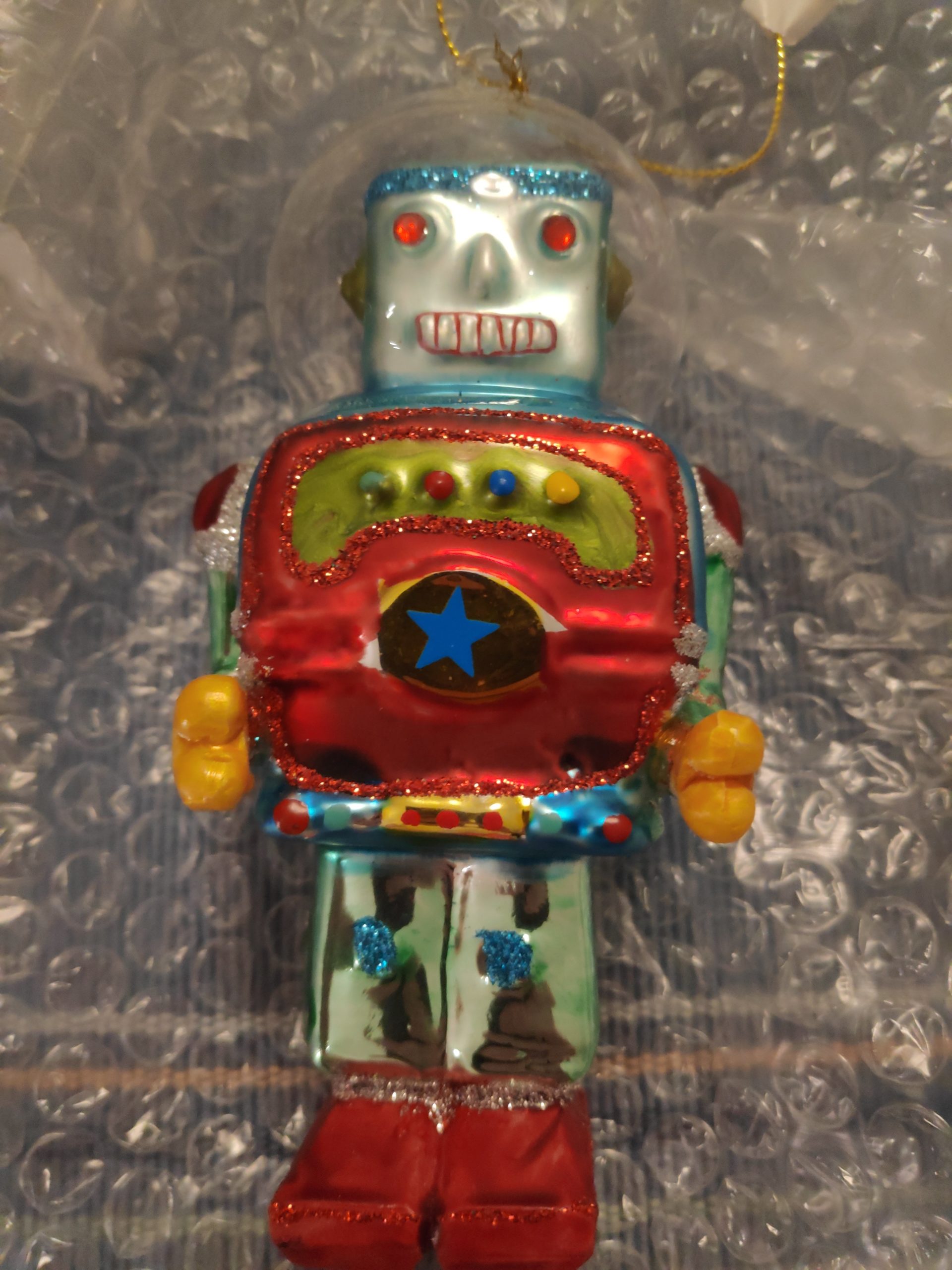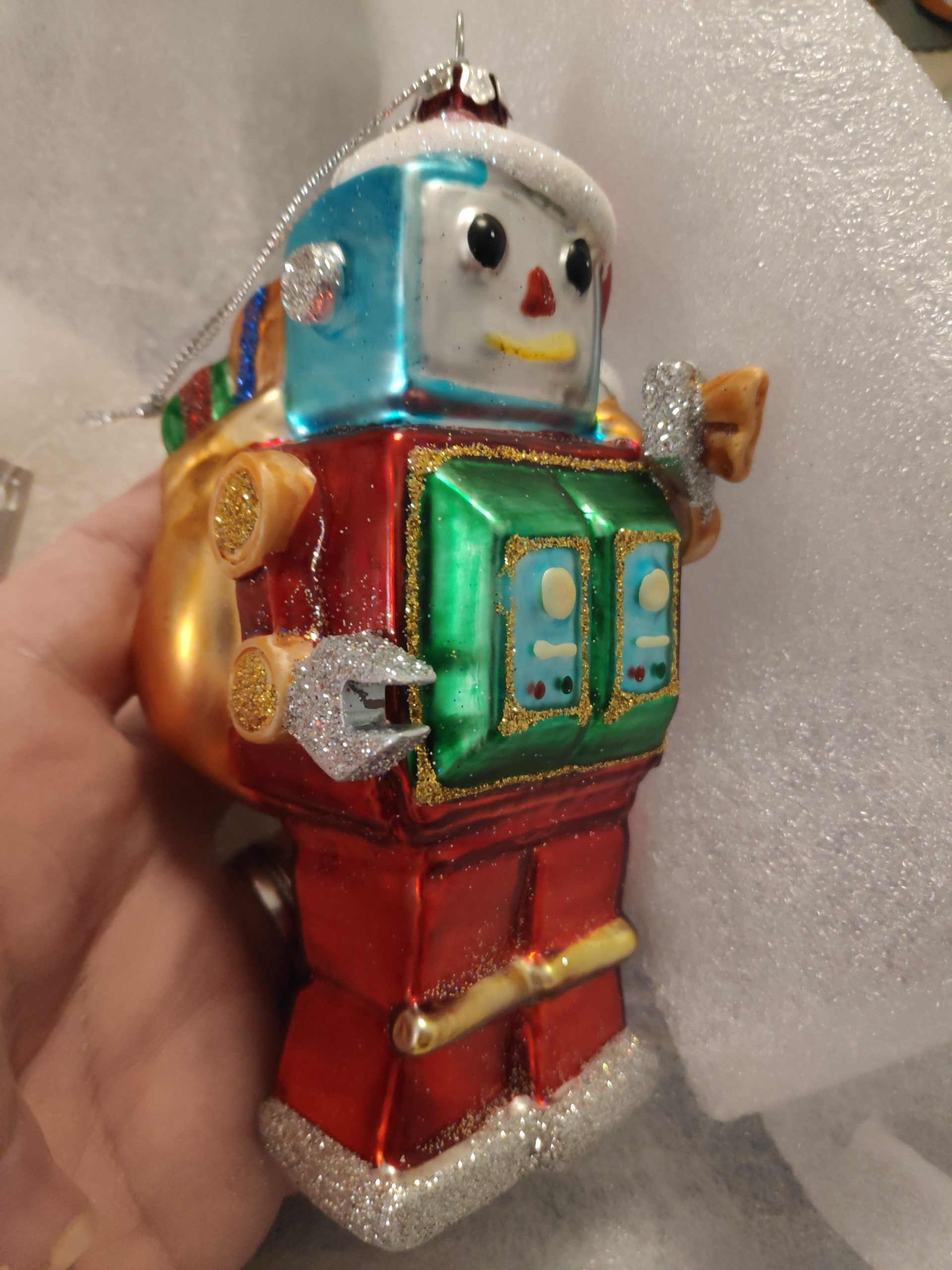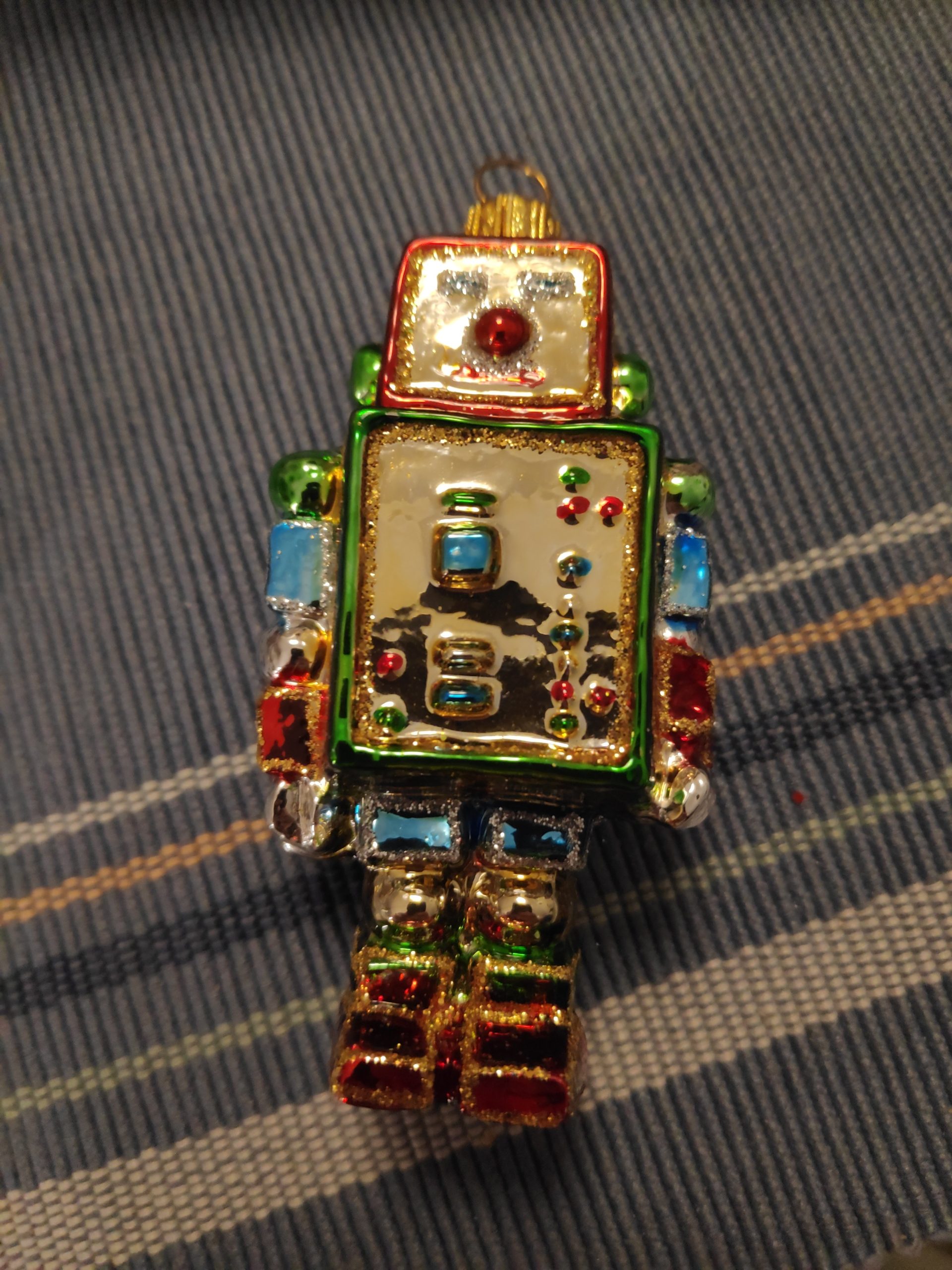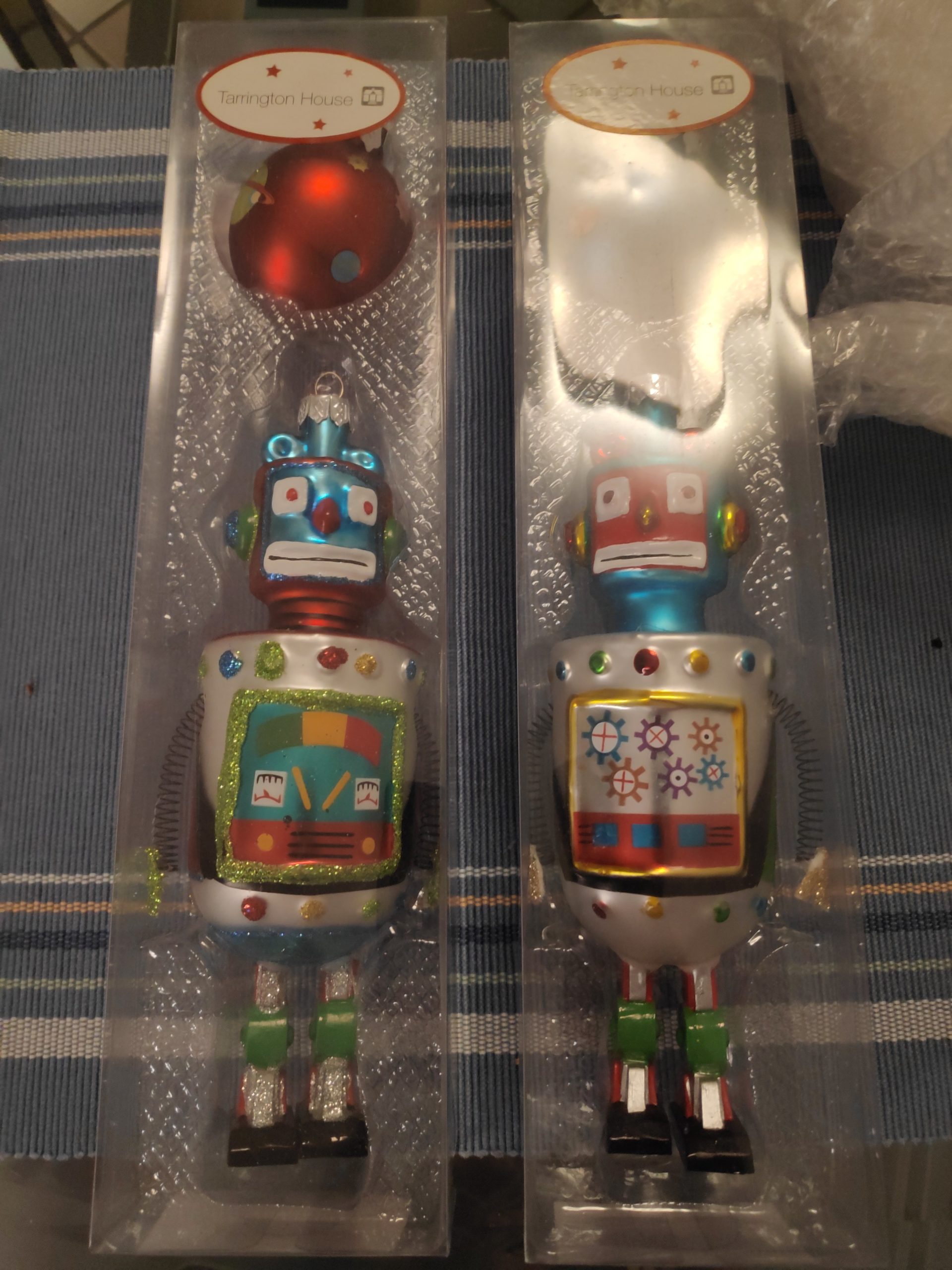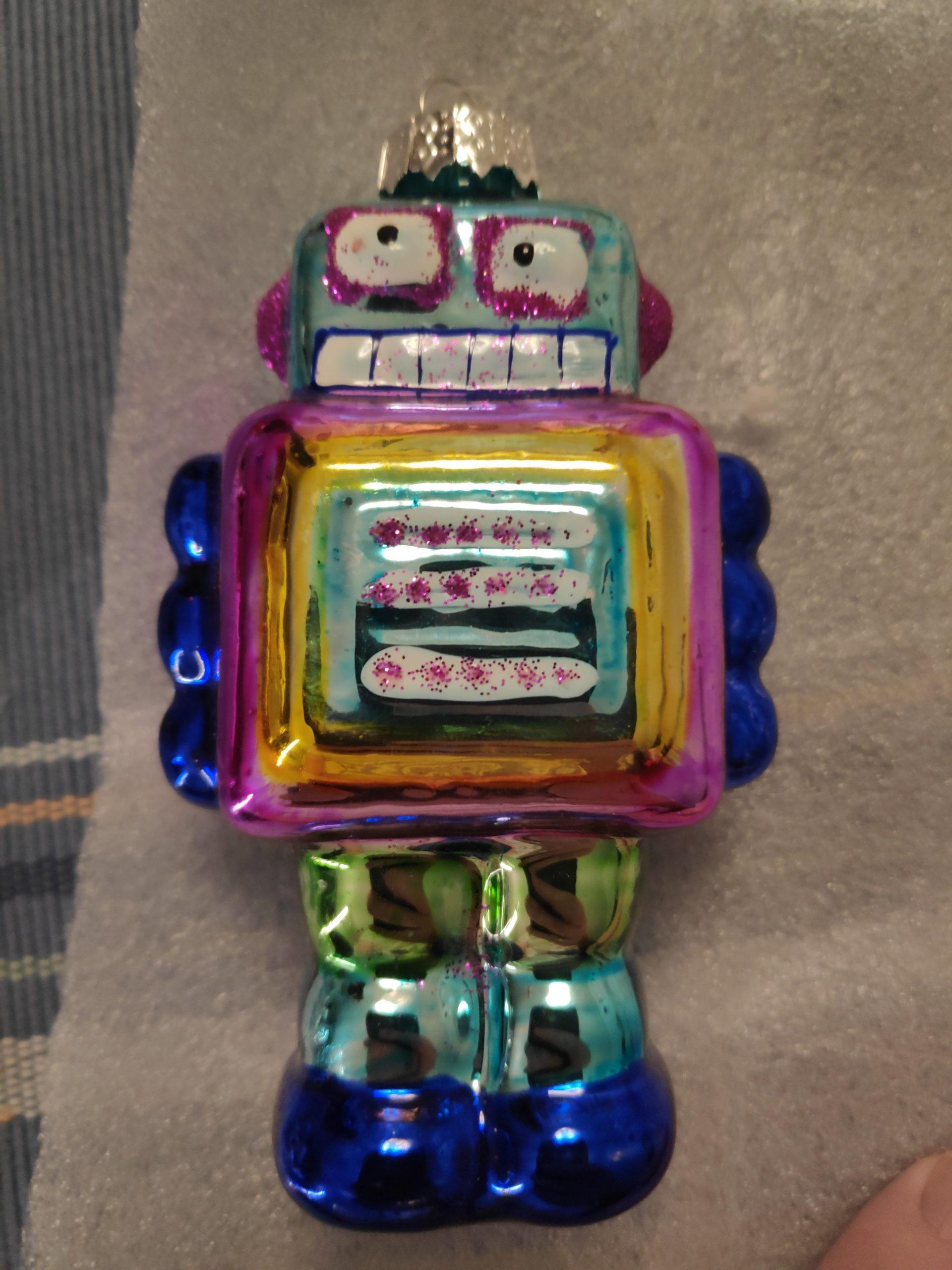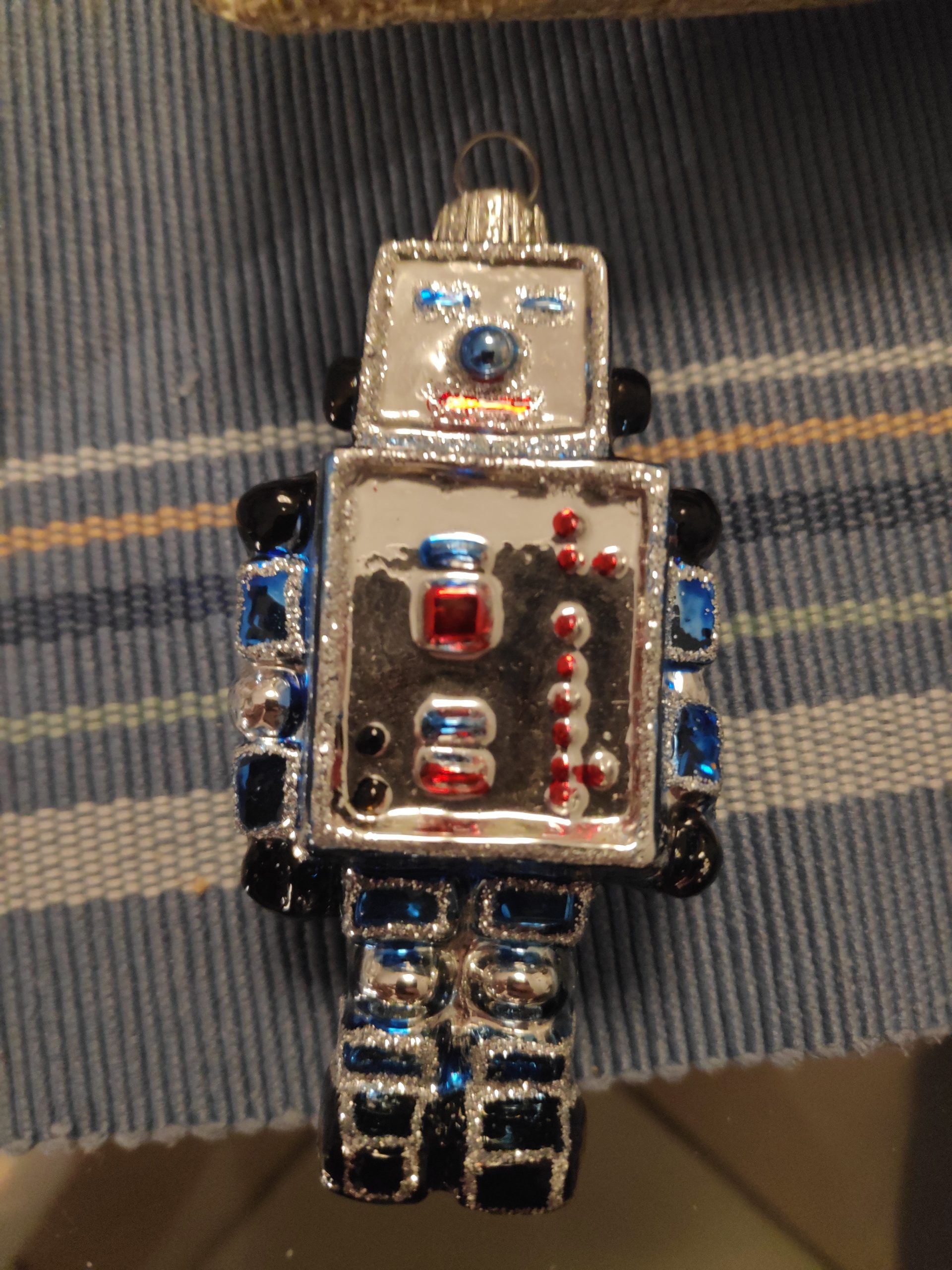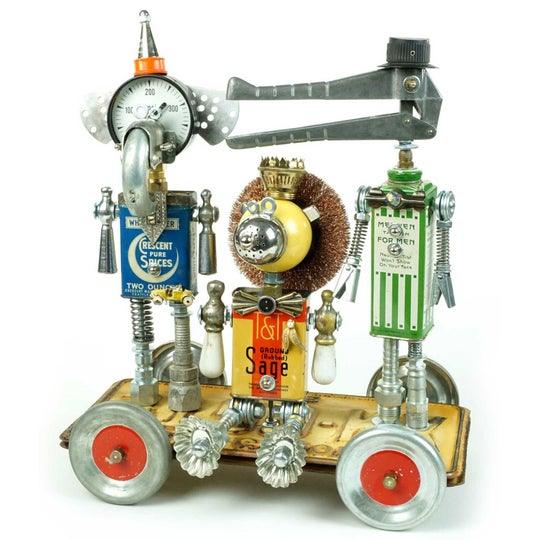The PROTO-HAROLD 1.1 is a simple, light weight robot, designed to easily bring a CINEMATIC element to any video project. Designed, Machined and Hand Assembled in Cleveland, Ohio, USA.
Your smartphone can go from pocket to stunning motion shot in under 10 seconds as the PROTO-HAROLD 1.1 has ZERO assembly or setup, programming or technical know-how required for use. Simply insert your smartphone, press „ON“, followed by „GO“ and you have a MOVING VIDEO.
Perfect for live streams, nature documentaries, music videos, interviews, YouTubers, TikTokers, movie projects for screens large and small, commercials, presentations, video demonstrations, school projects, home movies, advertisements, video production, unboxing videos, reaction videos, literally… any video project imaginable.
BOUNCE: When turned on, the PROTO-HAROLD 1.1 will begin running „BOUNCE“, a custom-written, pre-loaded program which will move the CAMERA SLED from one end of the track to the other. Instead of only traveling only one time like other systems, or harshly running back and forth, BOUNCE slowly brings the camera sled to a smooth, full stop, before reversing and smoothly accelerating backwards to full speed, endlessly repeating this choreographed process.
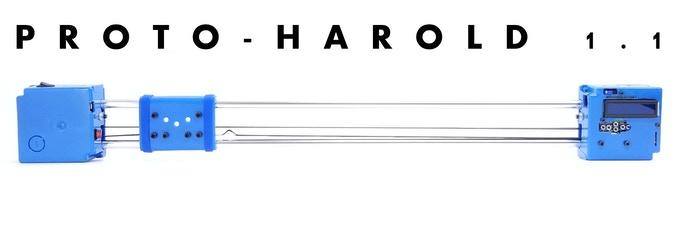
The speed and travel length are both adjustable, with a max travel speed of ~1cm per second, or ~50 seconds to go 52cm / 20.5″ from one end to the other.
This is useful as an extra „camera man“ during an interview process to provide an extra moving camera angle, or set it up to capture a moving shot when you aren’t exactly sure when the action will start, let it run for a bit and choose the best moving shot.
MOVING TIME LAPSE: Use the backlit LCD screen and EASY MENU to change modes to TIME LAPSE and set a desired time frame of 2 – 60 minutes. The PROTO-HAROLD 1.1 does the math and will travel from one end to the other, slowly accelerating, reaching full speed, decelerating and smoothly coming to a stop within the time frame selected. Once done, it will park and then ask to run a second time in reverse.

FEATURES:
- Light Weight and Portable (under 2 pounds / under 1kg)
- 34″ x 4″ x 2″ (87cm x 10cm x 5cm)
- 20.5″ of camera movement (52cm)
- Strong for its size (can lift itself, or up to 2 pounds vertically)
- Designed for smartphones up to 2 pounds, but can slide 10+ pounds (not recommended)
- USB rechargeable (take and charge it anywhere)
- ~2 Hour Runtime (horizontal, no camera)
- ~1 Hour Runtime (vertical, no camera)
- RECORD MOVING TIME LAPSE VIDEO (2 – 60 minutes) with soft start and stop
- (3) 1/4″ standard tripod bottom mounting holes on each end
- Non-marring rubber feet
- Self Calibrating
- Powered by a 16MHz Super Computer Thinking Machine
- Precision Stepper Motor Control
- Quiet Operation
- (2) Lithium Ion Rechargeable Batteries
- RED/GREEN charging LED
- Replaceable Safety Fuse (remove for long term storage/transport)
- Pre-programmed with an EASY USE MENU, turn it on and use it
- Adjustable Speed, Acceleration/Deceleration & Overall Travel Length
- Blue
- Designed, Machined and Hand Assembled in Cleveland, Ohio, USA
Please support this project on Kickstarter: https://www.kickstarter.com/projects/simplerobot/the-proto-harold-11-bounce-by-simple-robot-llc/description


